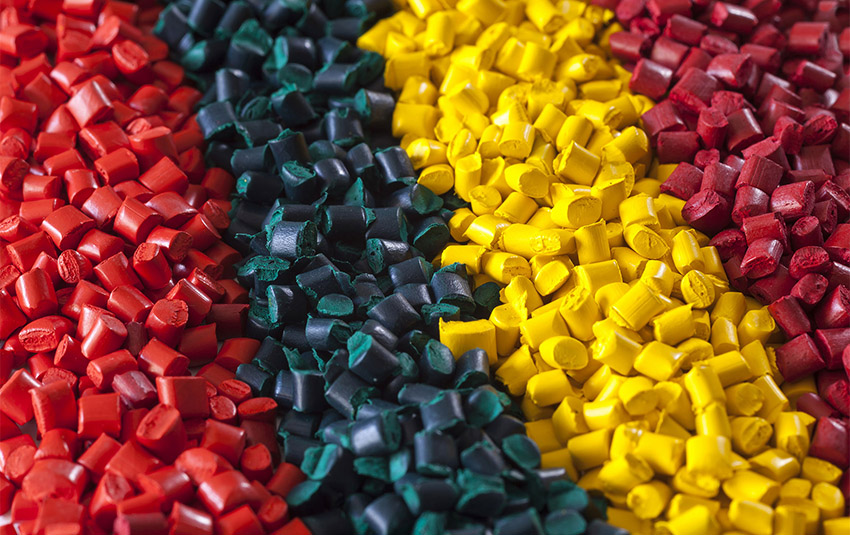How does the morphology of toughened PP change under different processing conditions
The morphology of toughened polypropylene (PP) can significantly change under different processing conditions. These changes can impact the mechanical properties, thermal behavior, and overall performance of the material. Here are key aspects of how morphology can change and the factors influencing it:
Processing Temperature:
Molecular Alignment and Crystallinity:
Higher processing temperatures can increase the mobility of polymer chains, leading to greater molecular alignment and higher crystallinity. This can result in improved mechanical strength but may also make the material more brittle.
Dispersion of Toughening Agents:
Adequate processing temperatures ensure better dispersion of toughening agents within the PP matrix. If the temperature is too low, the toughening agents may not disperse well, leading to phase separation and poor mechanical properties.
Cooling Rate:
Crystalline Structure:
Rapid cooling can lead to the formation of smaller, less perfect crystals, resulting in a more amorphous and tougher material. Slow cooling allows for the growth of larger, more perfect crystals, which can enhance stiffness but reduce toughness.
Morphology of Additives:
The cooling rate affects the morphology of toughening agents (e.g., rubber particles) within the PP matrix. Rapid cooling can prevent the coalescence of rubber particles, leading to a more uniform distribution and better impact resistance.
Shear Rate:
Orientation of Polymer Chains:
High shear rates during processing, such as in extrusion or injection molding, can cause the polymer chains to orient in the direction of flow. This can increase tensile strength and stiffness in the flow direction but may reduce toughness perpendicular to the flow.
Dispersion and Distribution:
High shear rates can improve the dispersion of toughening agents, resulting in a finer and more homogeneous morphology. This can enhance the material's toughness and impact resistance.

Addition of Compatibilizers:
Interfacial Adhesion:
Compatibilizers improve the interfacial adhesion between PP and the toughening agents, leading to better stress transfer and improved mechanical properties. The presence of compatibilizers can result in a more finely dispersed morphology with smaller domain sizes of the toughening agents.
Phase Morphology:
The use of compatibilizers can lead to a co-continuous phase morphology, where both PP and the toughening agents form interconnected networks, enhancing toughness and impact resistance.
Type and Concentration of Toughening Agents:
Particle Size and Distribution:
The type and concentration of toughening agents (e.g., rubber, elastomers) influence the particle size and distribution within the PP matrix. Higher concentrations can lead to smaller, more uniformly distributed particles, improving toughness.
Morphology Transitions:
Different toughening agents can result in various morphologies, such as spherical, ellipsoidal, or co-continuous structures. The choice of toughening agent and its concentration can significantly impact the final morphology.
Annealing:
Crystalline Growth:
Annealing the material after processing can allow for further crystalline growth and reorganization. This can enhance the material's stiffness and dimensional stability but may affect toughness.
Stress Relief:
Annealing can relieve residual stresses introduced during processing, potentially improving toughness and reducing the likelihood of cracking.
Analytical Techniques for Morphology Assessment:
Scanning Electron Microscopy (SEM):
SEM can be used to visualize the dispersion and distribution of toughening agents and fillers within the PP matrix.
Transmission Electron Microscopy (TEM):
TEM provides high-resolution images of the internal structure and morphology, revealing details about the interface between PP and toughening agents.
Atomic Force Microscopy (AFM):
AFM can be used to study the surface morphology and topography at the nanoscale, providing insights into the distribution and size of toughening agents.
Differential Scanning Calorimetry (DSC):
DSC measures the thermal properties and can provide information on crystallinity and phase transitions.
X-ray Diffraction (XRD):
XRD can be used to analyze the crystalline structure and phase composition of the material.
By considering these factors and using appropriate analytical techniques, the morphology of toughened PP can be optimized for desired mechanical and thermal properties, enhancing its performance for specific applications.





